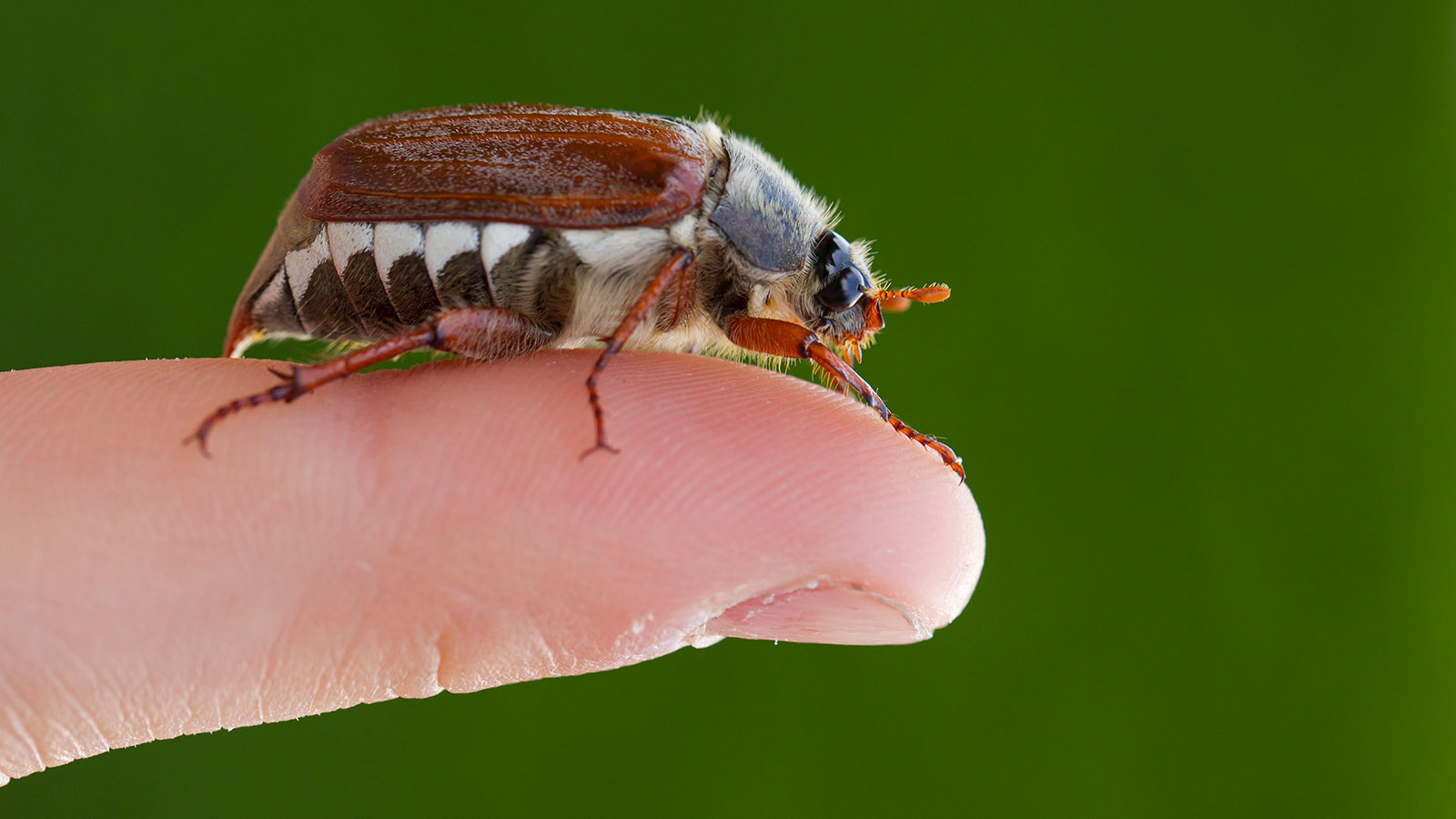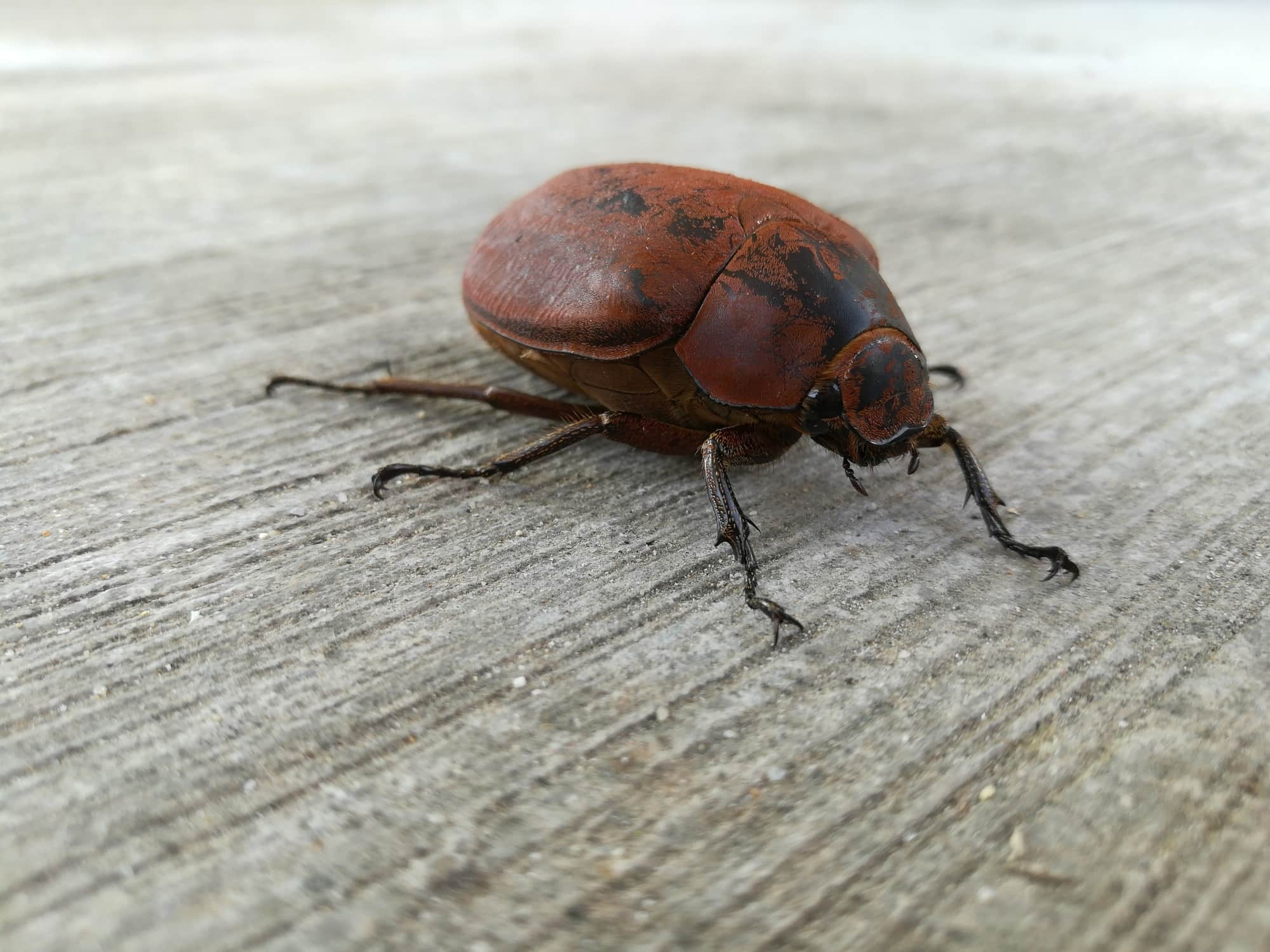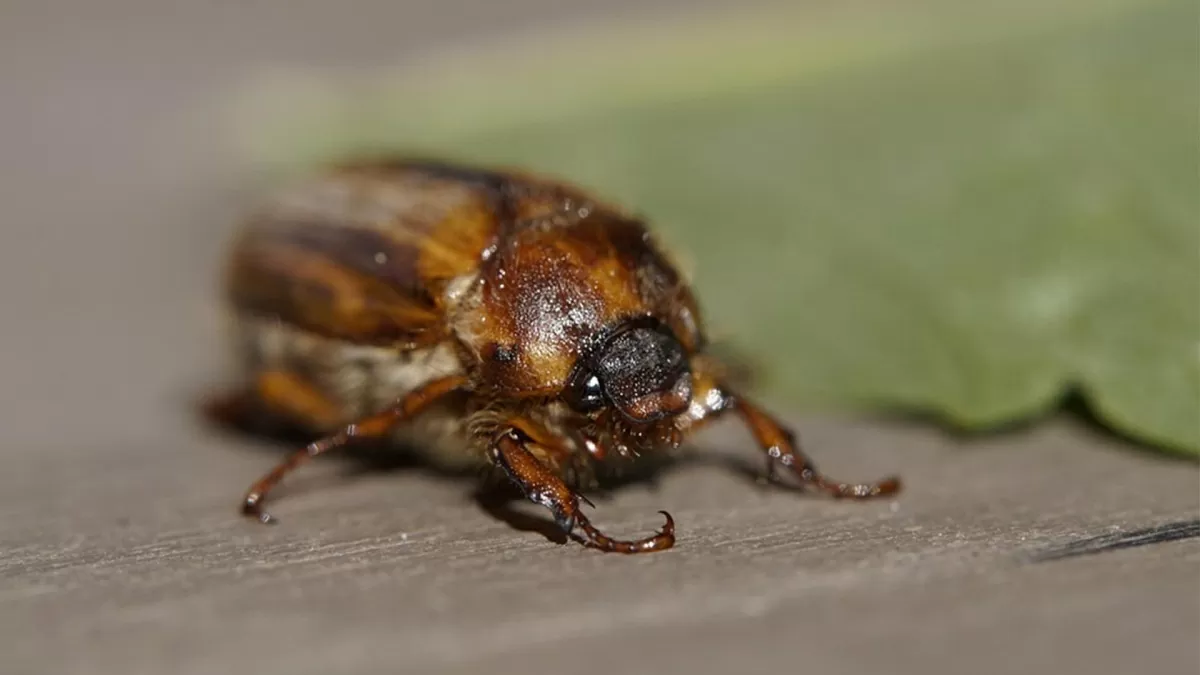
June bugs, also known as June beetles, are a common sight during the summer months. These beetles belong to the scarab beetle family and are known for their distinctive shiny green or brown bodies. While we often see them buzzing around porch lights at night, very few people know about their life cycle. Before diving into the life cycle of a June bug, understand its life span. The average life span is between one to two years. However, their time spent as an adult is very short, lasting only a few weeks. The majority of their life is spent as larvae, underground, feeding on roots and organic matter.

The life cycle of a June bug can be broken down into four stages: egg, larvae, pupae, and adult.
- Egg Stage – The first stage of the June bug’s life cycle is the egg stage. Female bugs lay their eggs in the soil, usually in late summer or early fall. The eggs are small, white, and oval-shaped. The eggs hatch within two to four weeks, depending on the temperature and moisture level of the soil.
- Larvae Stage – Once the eggs hatch, the larvae emerge. The larvae are white, C-shaped, and have brown heads. They are commonly known as “white grubs” and are often considered pests because they feed on the roots of plants, causing damage to lawns and gardens. The larvae stage is the longest stage, lasting between one to three years.
- Pupae Stage – After the larvae stage, they enter the pupae stage. During this stage, they transform into adults. The pupae are brown and oval-shaped and can be found in the soil. The pupae stage lasts for about two weeks.
- Adult Stage – Once the metamorphosis is complete, the adult June bug emerges from the soil. The adult is usually seen from late spring to early summer. They are most active at night and are attracted to light. The adult June bug only lives for a few weeks, during which they mate and lay eggs, starting the life cycle all over again.

The life cycle is a fascinating journey from egg to adulthood. While we may only see them as adults, the majority of their life is spent underground as larvae. june bugs life span may be short, but it is vital to the ecosystem. They play an important role in nutrient cycling and are a food source for many animals. Next time you see a June bug buzzing around a light, take a moment to appreciate the journey they have taken to get there.






